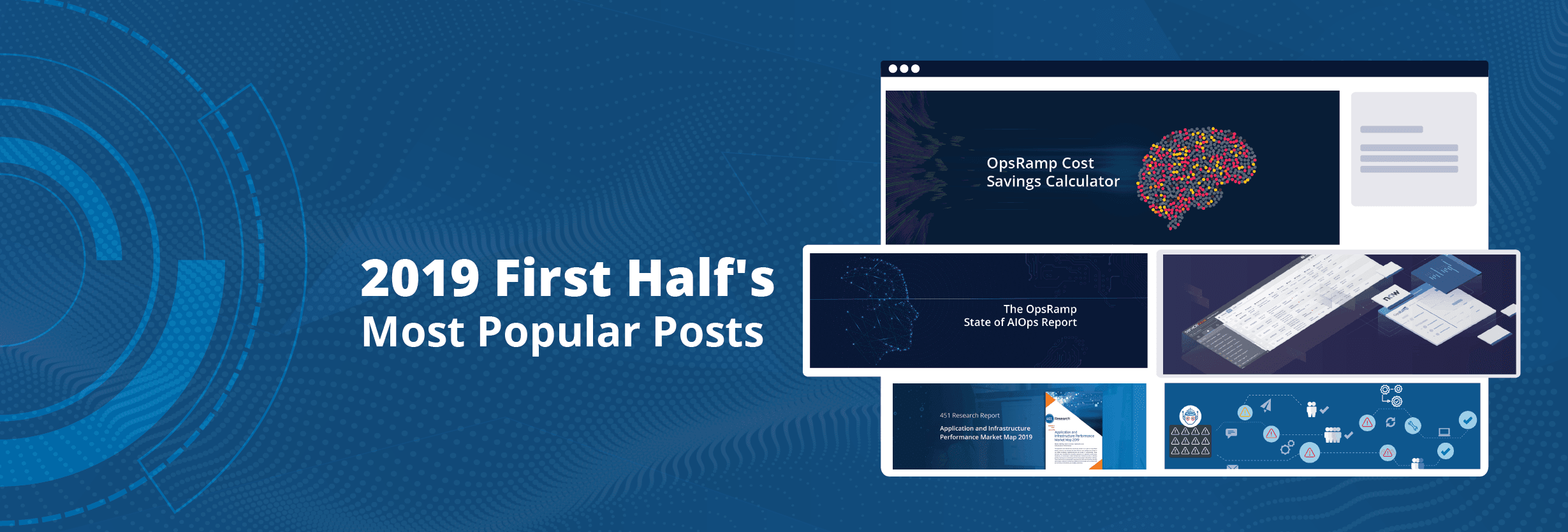It's tough to make predictions, especially about the future.
- Danish proverb (frequently attributed to baseball legend, Yogi Berra)
It’s that time of year again when Gartner, Forrester, IDC, and 451 Research release their annual technology predictions for 2018. While we agree with the sentiments of the above proverb, year-end predictions help you figure out what’s coming next in the world of enterprise tech.
Most technology predictions evoke three different reactions from battle-hardened IT pros:
 2018 will bring a new set of opportunities and challenges for IT teams. We present five forecasts that are a mix of predictable, intriguing, and cautionary. Use these five predictions to organize your priorities for the year ahead.
2018 will bring a new set of opportunities and challenges for IT teams. We present five forecasts that are a mix of predictable, intriguing, and cautionary. Use these five predictions to organize your priorities for the year ahead.
Prediction #1 - Cloud-First Strategies Will Gain Momentum In 2018.
While cloud adoption is not new, what's interesting is that a few platform vendors are driving cloud-first strategies. Forrester predicts that the global public cloud market will grow by 22% in 2018, reaching a total size of $178 billion. More than 50% of global enterprises will use at least one public cloud provider in 2018.
In 2018, cloud platform vendors will capture 25% ($44 billion) of the entire market. Three vendors, AWS, Google, and Microsoft will control 76% ($34 billion) of total cloud platform revenues. Enterprises should avoid lock-in by preparing for a multi-cloud future and not bet their cloud strategy on a single platform vendor.
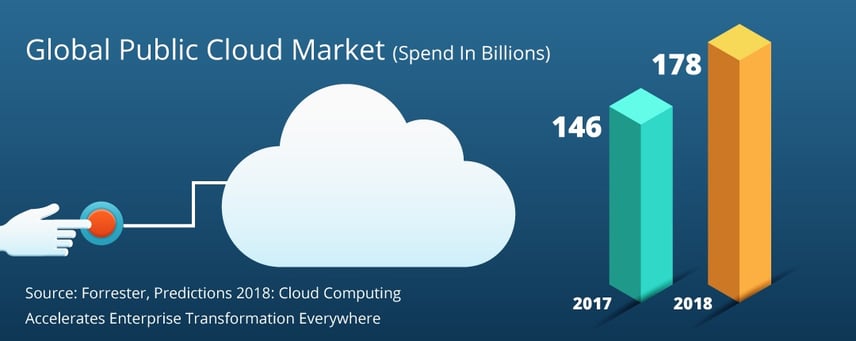
Prediction #2 - The Future Is Hybrid. Embrace It.
451 Research’s Cloud Transformation survey finds that 90% of organizations already use some type of cloud service. By 2019, 60% of enterprise workloads will run on cloud architectures (private cloud, infrastructure as a service, and software as a service). Only 40% of workloads will operate on company-owned datacenters in 2019.
Enterprise workloads hosted on Infrastructure as a Service (IaaS) will increase from 10% (2017) to 16% (2019) of total workloads. On the IaaS front, expect multi-cloud to be the norm, with 69% of respondents planning to use more than one cloud provider.
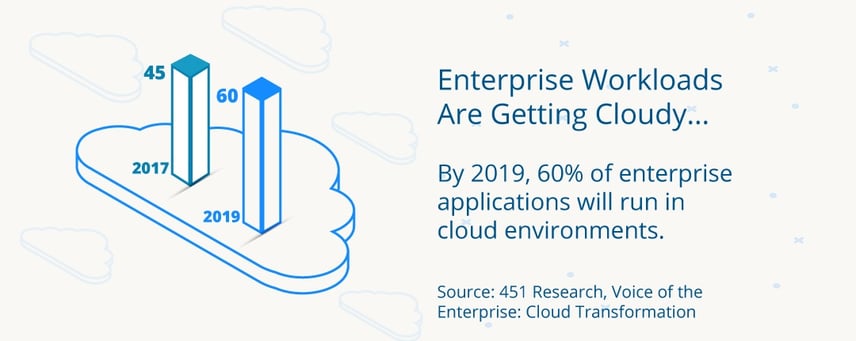
Prediction #3 - Are You Ready For Versatilists In Your IT Organization?
While IT organizations have a mix of generalists and specialists, Gartner predicts the rise of a new IT employee: Versatilists. IT teams will increase versatilist hiring from less than 10% of staff in 2017 to 40% by 2022. Fluent in the language of business and technology, versatilists will collaborate with business leaders to drive growth.
Digital business demands versatilists with deep knowledge of business models and customer preferences for building brand new products and services. Versatilists combine cross-disciplinary understanding with technology insights to drive innovation at the intersection of business and IT. Versatilists will be a hot commodity in IT teams, with broad experiences and skills to take on a wide range of roles.
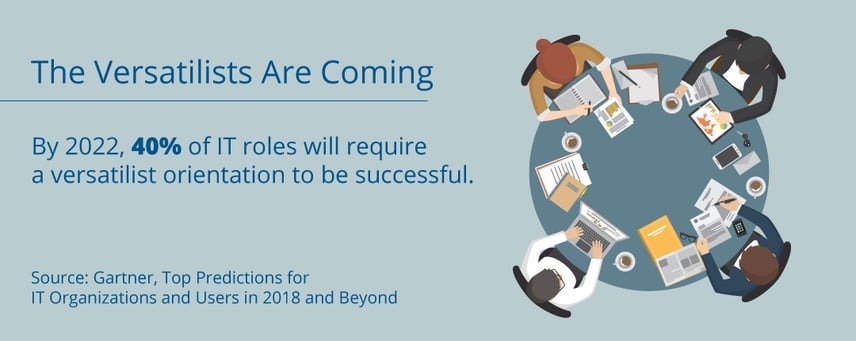
Prediction #4 - Rise of The Machines: Artificial Intelligence For IT Ops.
Gartner predicts that artificial intelligence for IT operations (AIOps) adoption will surge from 5% in 2017 to 40% in 2022. What's driving AIOps adoption eight fold over the next five years? Stable and predictable datacenter environments have given way to dynamic infrastructures built on virtual, cloud, and software defined environments. Enterprises have also adopted new age infrastructure workloads like containers, serverless, and smart machines, for fixing technical debt, unleashing agility, and taking advantage of new business opportunities.
These developments call for a new way of doing things. AIOps tools ingest a wide variety of data (logs, metrics, APIs, and text) to analyze historical behavior and predict future IT performance. Most enterprises today use AIOps to handle anomaly detection and root cause analysis. AIOps tools will evolve to address four broad IT operations use cases: availability and performance, event correlation and analysis, IT service desk, and automation.
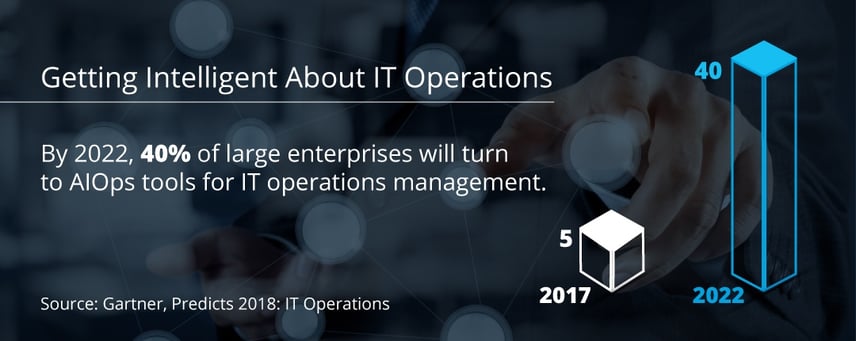
Prediction #5 - 75% of Digital Transformation Initiatives Will Fail.
If you’re busy allocating resources to your digital projects, IDC has bad news: Three-fourths of digital transformation initiatives will not deliver the expected results. What explains the high failure rates for digital projects? Conflicting priorities, a distinct lack of innovation, and technical debt are some reasons for failure.
So, what can do CIOs do to ensure they don’t fall into a digital trap? IDC has two tips for digital leaders:
- Understand Business Priorities. Create digital offerings in conjunction with business needs. CIOs that are able to "link digital initiatives to organizational performance" will emerge as market leaders.
- Renovate The Core. Rearchitect core application and infrastructure platforms using cloud, mobile, and DevOps frameworks. Without modern technology platforms, enterprises will struggle to unlock value from digital initiatives.
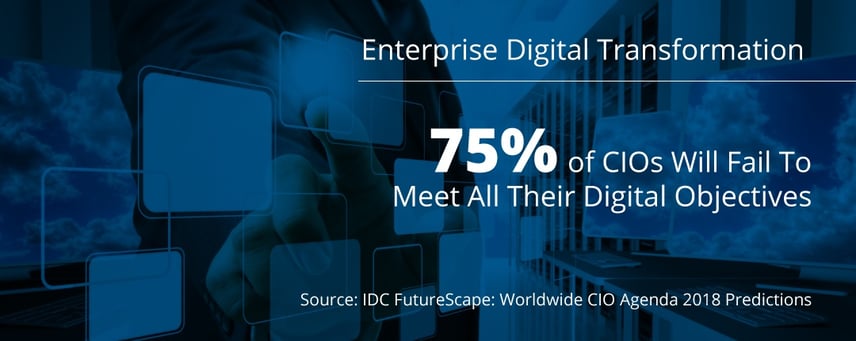
Agree or disagree with the above forecasts? Have any predictions of your own that you’d like to share? We’re happy to hear your prophesies on our Twitter handle.





